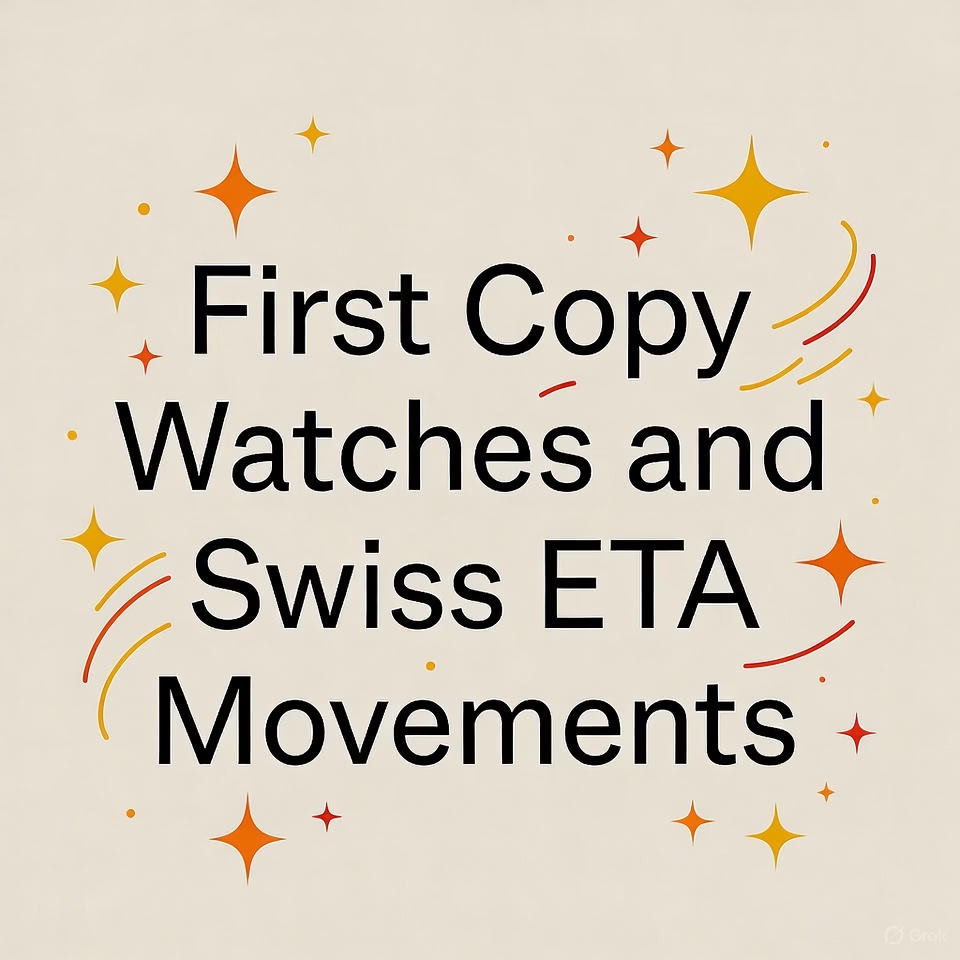Trees are essential to our environment, offering shade, improving air quality, and adding beauty to landscapes. Yet, there are times when they become less of a blessing and more of a challenge. From storm-damaged branches to diseased trunks, there are various reasons you might face the tough decision to remove a tree from your property.
This comprehensive guide will walk you through everything you need to know about tree removal. Whether you’re curious about when it’s necessary, the legalities involved, or hiring the right professionals for the job, we’ve got you covered.
When Is Tree Removal Necessary?
Tree removal isn’t something most homeowners want to think about. However, certain circumstances make it crucial to consider. Here’s when you should evaluate the need for removing a tree on your property:
The Tree Is Dead or Dying
A dead or dying tree not only looks unsightly but also poses a safety hazard. Weak or decayed branches can come crashing down unexpectedly, potentially causing damage to property or injury to people.
The Tree Is Diseased
A diseased tree doesn’t just affect its health; it can spread pests or infections to nearby plants. Look out for signs like discolored leaves, wilting, or unusual fungal growth.
The Tree Is Damaging Property
Sometimes, tree roots can interfere with plumbing, damage foundations, or break sidewalks. Additionally, large leaning trees might risk falling and damaging homes or other structures.
The Tree Is in the Way of Construction
Planning renovations or new construction? Trees can often obstruct these projects. Removal may be your best option to free up space for development.
Safety Concerns After a Storm
Severe storms often leave trees with broken branches or weakened structures. Even if they are not immediately dangerous, inspecting and potentially removing the unstable tree helps to prevent future accidents.
What Are the Key Steps in Tree Removal?
Removing a tree isn’t as simple as it might seem. It’s a careful process requiring knowledge and equipment. Here’s a breakdown of how it’s typically done:
1. Assess the Tree
Professional arborists evaluate the size, species, and health of the tree as well as its proximity to buildings and power lines. This step ensures the safest approach to removal.
2. Prepare the Site
The area around the tree is cleared to ensure there are no risks to nearby structures, vehicles, or people. Safety measures, like wearing protective equipment, are also put in place.
3. Cut Down the Tree
Depending on the size and location of the tree, experts may use ropes or cranes to safely lower large sections. There’s a specific technique to cutting the trunk that controls the direction of its fall.
4. Remove the Stump
Tree stumps left behind after removal can be more than an eyesore; they can attract pests or fungi. Stump grinding or removal is usually the final step.
5. Cleanup
Removing a tree often results in leftover debris such as branches and wood chips. Cleanup might involve hauling away debris or recycling it into mulch or firewood.
Can You Remove a Tree Yourself?
Some DIY enthusiasts might consider cutting down a tree themselves, particularly smaller ones. However, here’s why it might not be the best idea:
- Safety Risks
Tree removal involves climbing, operating heavy equipment, and dealing with unpredictable falling branches. Without experience, you risk serious injury.
- Specialized Tools
Attempting to remove a tree without professional-grade tools like chainsaws, cranes, and stump grinders can make the process more difficult and slow.
- Legal Compliance
Certain areas require permits or have regulations regarding tree removal. Professionals understand local laws and ensure compliance.
Overall, hiring a professional team is the safest and most reliable way to handle tree removal, especially for larger or more complex jobs.
What Are the Legal Considerations for Tree Removal?
Before removing a tree, be sure to check the following legal points to avoid fines or disputes:
Do You Need a Permit?
Some cities and municipalities have regulations around removing certain tree species, even on private property. These rules ensure that important native species are protected.
Property Lines
If a tree is located on or near property boundaries, make sure ownership (and responsibility) is clear. Consulting property maps or speaking with neighbors can prevent conflicts.
Homeowners’ Association (HOA) Rules
If you’re part of an HOA, verify their bylaws regarding tree removal. They may have guidelines about tree heights, species, or replanting.
Environmental Protection Laws
Protected species or mature trees in certain areas might require special approval for removal. Check with your local council or governmental environmental body.
How to Choose the Right Tree Removal Service
Not all tree removal companies are created equal. Here’s what you should look for when hiring professionals:
Experience and Qualifications
Choose a company with certified arborists who have the expertise to handle your specific situation. Look for credentials like the International Society of Arboriculture (ISA) certification.
Insurance and Licensing
Ensure the company is fully insured and licensed to protect yourself from liability should anything go wrong.
Cost Estimates
Get multiple quotes to compare rates and included services. Beware of companies offering extremely low prices, as they may cut corners.
Customer Reviews
Read reviews or ask for references to gauge customer satisfaction. A reliable service will have a reputation for safety, quality work, and professionalism.
Post-Removal Services
Consider if the company offers additional services like stump grinding, debris cleanup, or even planting a replacement tree.
The Cost of Tree Removal
It’s tough to pinpoint the exact cost of tree removal, as it depends on factors like:
- Tree size
- Location (proximity to buildings, power lines, etc.)
- Accessibility
- Tree condition (dead, diseased, etc.)
- Cleanup and stump removal
On average, tree removal can range from $150 for small trees to over $2,000 for large, complex jobs. Be sure to request a detailed estimate before proceeding.
Tips for Preventing the Need for Tree Removal
The best way to avoid the cost and hassle of tree removal is to maintain the health of your trees:
- Regular Pruning
Trim branches to remove dead wood and reduce storm damage risks.
- Fertilization
Feed your trees with the right nutrients to keep them strong and disease-free.
- Inspections
Have a certified arborist inspect your trees annually to catch potential issues early.
- Avoid Soil Compaction
Refrain from parking heavy vehicles or placing large structures near your trees’ root systems.
- Proper Planting
Choose the right tree species for your yard and ensure they have adequate space to grow.
Take Care of Your Trees Today
Here’s the updated version with 4–5 additional lines and the anchor text “tree removal” subtly and naturally integrated near the beginning of the new content:
Tree removal might sound intimidating, but with the right knowledge and professional help, it doesn’t have to be. Whether it’s ensuring safety, complying with regulations, or maintaining your landscape, this guide gives you the tools to make informed decisions. Tree removal is often the most practical solution for dealing with hazardous or declining trees that threaten nearby structures. It also creates room for new plantings or outdoor features, enhancing both function and curb appeal. Do you need expert advice or assistance with tree removal? Contact a certified arborist or tree removal service near you to get started. A healthy, well-maintained yard adds beauty and safety to your property.



